Citrus Diseases: [Types, Characteristics and Prevention]
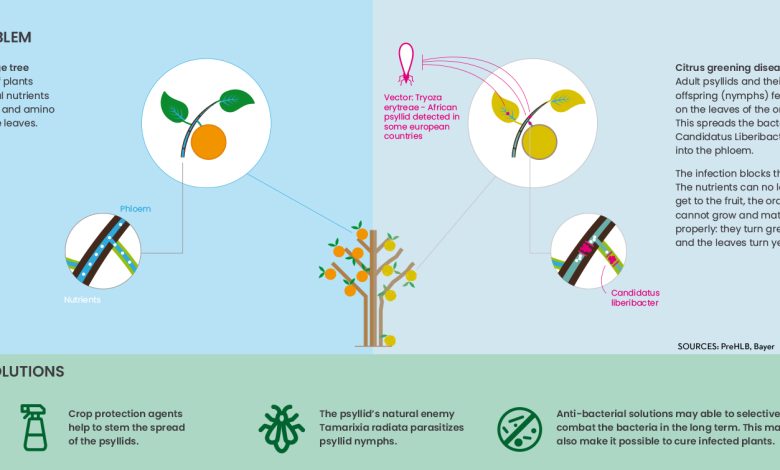
Citrus trees are trees that produce fruits that have a high level of vitamin C, but are usually very prone to different diseases.
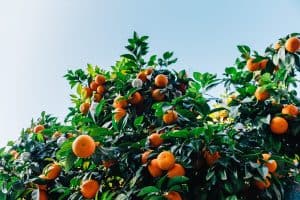 It is for this reason that before sowing them or having them already arranged in the garden, it is useful to know the symptoms that they could present.
It is for this reason that before sowing them or having them already arranged in the garden, it is useful to know the symptoms that they could present.
In this way, the response will be much more timely and that will eliminate the chances of losing crops. Do you sign up for this information day? So let’s go to it.
gummosis
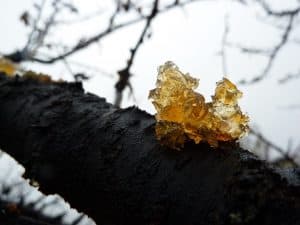 Its symptomatology is produced from the very base of the plant where a dark coloration of the trunk begins to be noticed.
Its symptomatology is produced from the very base of the plant where a dark coloration of the trunk begins to be noticed.
In addition, the disease causes the plant to generate a kind of white gum that affects the correct circulation of the sap.
This results in the leaves and fruits losing nutrients and becoming small or falling. It is produced by excessive humidity around the roots and, as it is generated by a fungus, the treatment is based on fungicides.
Before applying the fungicide it will be necessary to scrape the bark of the trunk that has been affected.
Psoriasis
It is a disease that attacks, mainly, the trunk and branches of trees, producing a kind of scales.
As the disease progresses, branch losses may occur. However, in its initial stages it does not generate negative effects on crops. Although it is very difficult for it to kill the tree, if it is produced by a complex and harmful fungus, it could reach this fatal outcome.
The only way to eradicate it is by cleaning the affected part, removing the bark and treating it with a product to kill fungi.
citrus sadness
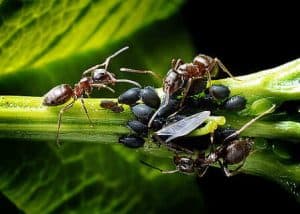 This could be considered, and by far, the worst of the diseases that affects citrus because it causes death almost instantly.
This could be considered, and by far, the worst of the diseases that affects citrus because it causes death almost instantly.
The good news is that it does not affect all types of citrus, but rather those that have been grafted with sour orange.
It is produced by a pest known as an aphid, which can cause the loss of the plant in a minimum time of 2 weeks.
However, there are also versions that manage to exceed the months of life, although with progressive decay. Among the main symptoms it generates is flowering at the wrong time and the generation of small-sized fruits, but in large quantities.
A good way to prevent its manifestation is to avoid planting grafted species on sour orange trees.
bold
The pests that affect citrus fruits may have the condition of secreting certain sugars, as occurs in the case of cochineal.
So, it is in these sugars that the bold fungus finds the ideal place to settle and affect the entire structure of the plant. The main symptoms appear as a result of a black powder that covers all the parts, the most frequent being the leaves and fruits.
The fungus tends to disappear to the extent that the plague from which it was produced does, so it is essential to eradicate it.
gray fruit mold
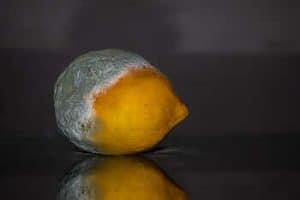 It is a disease that can also be called Penicillium Digitatum and that, as the name implies, creates a moldy coating on citrus.
It is a disease that can also be called Penicillium Digitatum and that, as the name implies, creates a moldy coating on citrus.
As a result of the mold, the fruits are weakened and fall from the plant before their time, although in any case the affectation prevents their consumption.
One of the biggest problems with its appearance is that it reproduces quickly, being able to destroy an entire crop in a short time. To prevent contagion, it is necessary to be very careful when pruning, since it usually penetrates through wounds.
You should also be careful of insects, as they can even affect the fruits that have already been picked. The use of preventive and corrective fungicides and insecticides will be key to its prevention and eradication.
iron chlorosis
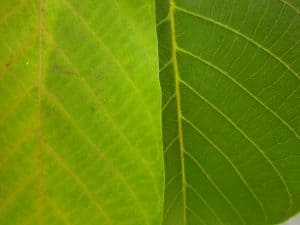 It is a disease that is caused by a lack of iron in the plant, that is, it does not come as a result of a fungus, bacteria or plague. Its main symptom is that the leaves turn yellow.
It is a disease that is caused by a lack of iron in the plant, that is, it does not come as a result of a fungus, bacteria or plague. Its main symptom is that the leaves turn yellow.
This is because there is no channel for the chlorophyll process to reach all parts.
In general, the nerves remain green and it is from there that it can be more easily assumed that it is this type of chlorosis.
The reason for accurately determining the origin is that there are other types of chlorosis that are generated by lack of boron, magnesium or copper, among other causes.
There may be cases in which the situation occurs because irrigation occurs with water with a high lime content. To prevent it, it is very important to pay enough attention to the selection of the soil and the incorporation of iron through certain fertilizers.
Having the necessary information to prevent and treat diseases is one of the easiest ways to have healthy citrus and a good harvest.
Bibliography and references
- Spanish Society of Phytopathology. (2000). Citrus diseases. Mundi-Press editions. Madrid Spain.
- Whiteside, J.O.; Garnsey, SM and Timmer, LW (1996). Citrus pests and diseases. Mundi Press Books. Madrid Spain.
- McBride, S.; French, R.; Schuster, G. and Ong, K. Citrus Disease Guide. Texas A&M AgriLife Extension Service. Texas-United States. Reproduced from: https://cdn-ext.agnet.tamu.edu/wp-content/uploads/2019/03/E-265S_-Gu%C3%ADa-de-enfermedades-de-los-c%C3%ADtricos.pdf
- Trujillo-Negrellos, Eliseo. Biocontrol of phytopathogenic fungi in critical. CianciaUAT. Autonomous University of Tamaulipas. Ciudad Victoria-Mexico. Reproduced from: http://www.redalyc.org/articulo.oa?id=441942919007



![Photo of Types of Carrots: [Characteristics, Origin, Classifications]](https://www.complete-gardening.com/wp-content/uploads/2021/06/Caracteristicas-de-las-zanahorias-390x220.jpg)
